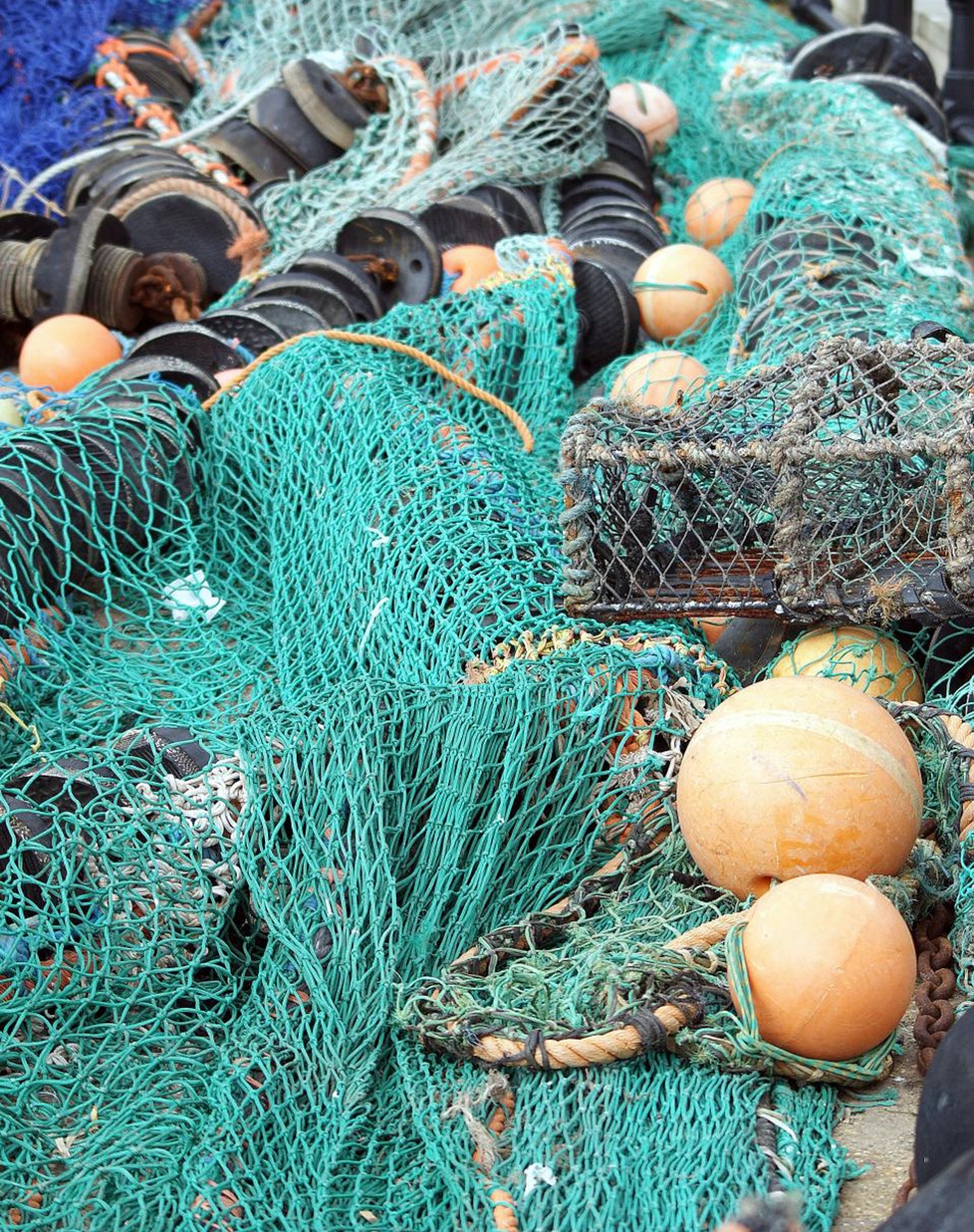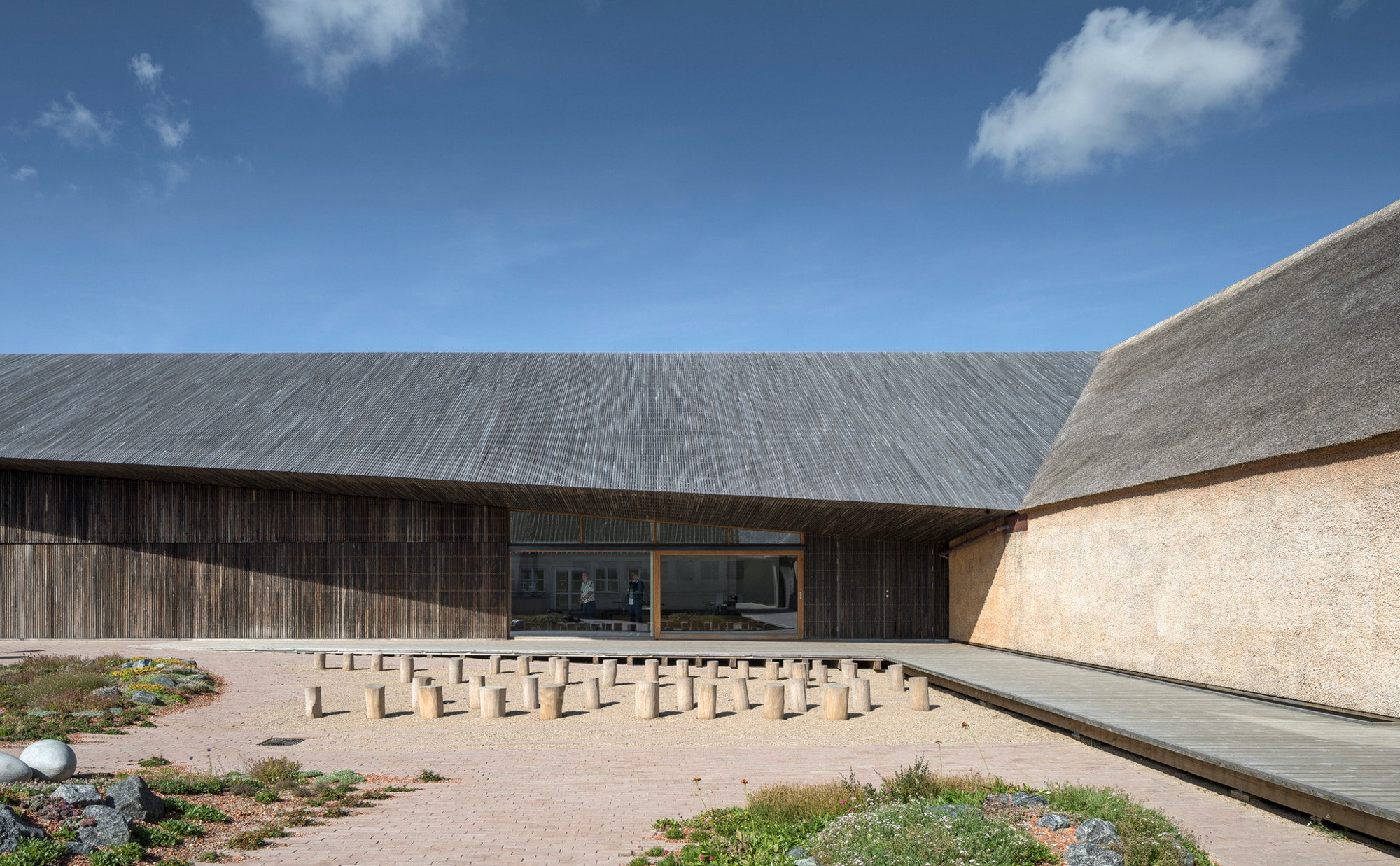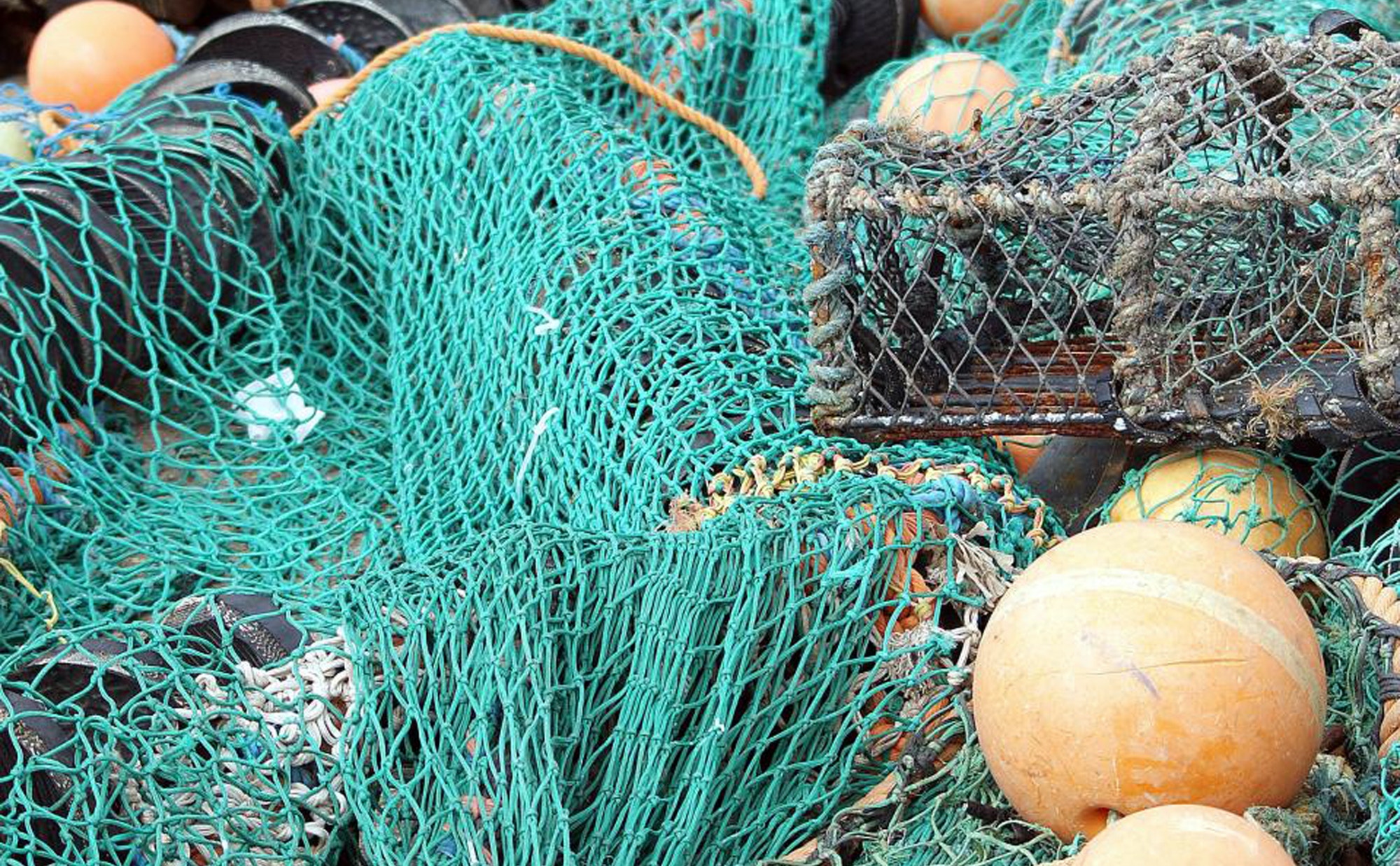14
Conserve and sustainably use the oceans, sea and marine resources for sustainable development
The world’s oceans – their temperature, chemistry, currents and life – drive global systems that make the Earth habitable for humankind. Our rainwater, drinking water, weather, climate, coastlines, much of our food, and even the oxygen in the air we breathe, are all ultimately provided and regulated by the sea. Throughout history, oceans and seas have been vital conduits for trade and transportation.
Careful management of this essential global resource is a key feature of a sustainable future. However, at the current time, there is a continuous deterioration of coastal waters owing to pollution and ocean acidification is having an adversarial effect on the functioning of ecosystems and biodiversity. This is also negatively impacting small scale fisheries.
Marine protected areas need to be effectively managed and well-resourced and regulations need to be put in place to reduce overfishing, marine pollution and ocean acidification.
THIS GOAL AND ARCHITECTURE
Most of the built environment is situated on land, but its activities affect the oceans.
The building industry affects the oceans through transport of building materials at sea, while existing settlements and cities discharge wastewater and other waste to the oceans. To help preserve life under water, we must reduce transport of building materials and components over long distances by sea through the development of local industries and production facilities. Furthermore, we must abolish the plastic wrapping of materials and components to reduce the sources of non-degradable waste that ends up in the oceans.
Landscape design and urban planning must ensure that pollutants like pesticides, nitrogen and human waste are handled on site and do not reach the groundwater or the oceans. This means that sewer systems, overflow basins and wastewater treatment facilities are central parts of the built environment’s relationship to the oceans. Through architecture, planning and design, we can develop solutions that reduce cost and add co-benefits to water-managing infrastructure. Furthermore, landscape design can ensure regenerative processes on polluted land close to the sea.
Caution must be exercised when buildings or settlements are placed on the coast or in fragile coastal ecosystems; on the other hand, architecturally significant and carefully placed research and learning facilities in fragile coastal ecosystems can generate new knowledge and help increase public awareness.




